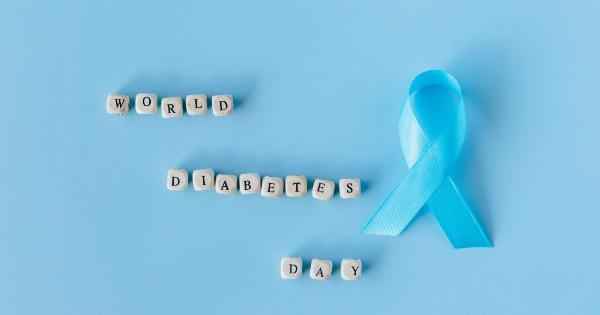Belly button pain or discomfort is not uncommon. It can arise due to various reasons, ranging from minor, superficial issues to more severe underlying health conditions.
In this article, we will dive into the causes and symptoms of belly button discomfort that can help you identify the signs and get appropriate treatment.
Causes of Belly Button Discomfort
Belly button discomfort can be due to several reasons including:.
: 1. Infection
Bacterial or fungal infection around the belly button can cause redness, swelling, and discomfort. The infection can occur due to poor hygiene, sweat, or abrasions near the navel area.
People with a pierced belly button are more prone to infections if they don’t take adequate care.
: 2. Umbilical Hernia
This occurs when a part of the intestine protrudes through the wall of the abdomen, leading to a visible bulge around the belly button. It can also cause discomfort and pain, especially during physical activities like bending or lifting heavy objects.
: 3. Appendicitis
Inflammation of the appendix, a small pouch attached to the large intestine, can cause pain around the navel region, which may spread to other parts of the abdomen, along with additional symptoms like fever and vomiting.
If left untreated, appendicitis can lead to severe complications.
: 4. Gastrointestinal Issues
Stomach problems like indigestion, constipation, or diarrhea can also cause belly button discomfort, along with bloating, gas, and cramping.
In some cases, certain food allergies, intolerance, or sensitivities can also cause stomach issues and navel discomfort.
: 5. Urinary Tract Infection
UTI is a common infection that can affect anyone, causing severe pain, discomfort, and burning sensation while urinating. If left untreated, it can lead to bladder or kidney infections and other complications.
: 6. Eczema or Psoriasis
These are skin conditions that can cause rashes, itching, and redness around the belly button region. It can also lead to scaling and flaking of the skin, making it a chronic condition that requires proper medical attention.
: 7. Endometriosis
This is a condition that affects women, which occurs when the tissue lining the uterus grows outside of the uterus, leading to severe pain and cramps during periods, and also a constant discomfort around the belly button region.
Symptoms of Belly Button Discomfort
The symptoms of belly button discomfort may vary depending on the underlying cause; however, some common signs include:.
: 1. Pain and Discomfort
This is the primary symptom of any belly button discomfort, which can range from mild to severe, depending on the cause. It can be dull, sharp, constant, or intermittent, making it difficult to identify the underlying issue.
: 2. Redness and Swelling
Infections, rashes, or hernias can cause redness and swelling around the belly button, making it painful to touch or move.
: 3. Nausea and Vomiting
Appendicitis or gastrointestinal issues like indigestion or food poisoning can cause severe nausea and vomiting along with other symptoms like fever and diarrhea.
: 4. Skin Changes
Skin conditions like eczema or psoriasis can cause changes in the texture and appearance of the skin around the belly button region, making it flaky, dry, or scaly. It may also lead to discoloration or pigmentation of the skin.
: 5. Difficulty in Urinating
Urinary tract infections can cause a burning sensation while urinating, along with frequent urges to use the washroom.
When to See a Doctor?
If you experience any of the above symptoms and if they persist or worsen, it is best to see a doctor. Do not try to self-diagnose or self-treat the condition, as it can lead to more severe complications.
Seek medical attention immediately if you experience any of the following symptoms:.
- Severe pain and discomfort around the belly button
- Visible swelling, bulge or protrusion
- Fever or chills
- Unusual discharge or bleeding from the navel region
- Difficulty in breathing or chest pain
These symptoms can indicate a severe underlying condition that requires immediate medical attention.
Prevention and Treatment
To prevent belly button discomfort, you need to maintain proper hygiene around the navel area. Clean the area regularly, especially after any physical activity that makes you sweat.
Avoid wearing tight clothes that can rub against the skin around the belly button.
If you experience any belly button discomfort, it is best to seek medical attention. Your doctor can diagnose the underlying cause and provide the appropriate treatment, which may include medications, surgery, or any other therapy based on the cause.
Conclusion
Belly button discomfort can be due to several reasons, ranging from minor to severe health conditions. If you experience any discomfort or pain around the navel region, do not ignore it and seek medical attention.
Maintaining proper hygiene and taking necessary precautions can help prevent belly button discomfort.






























